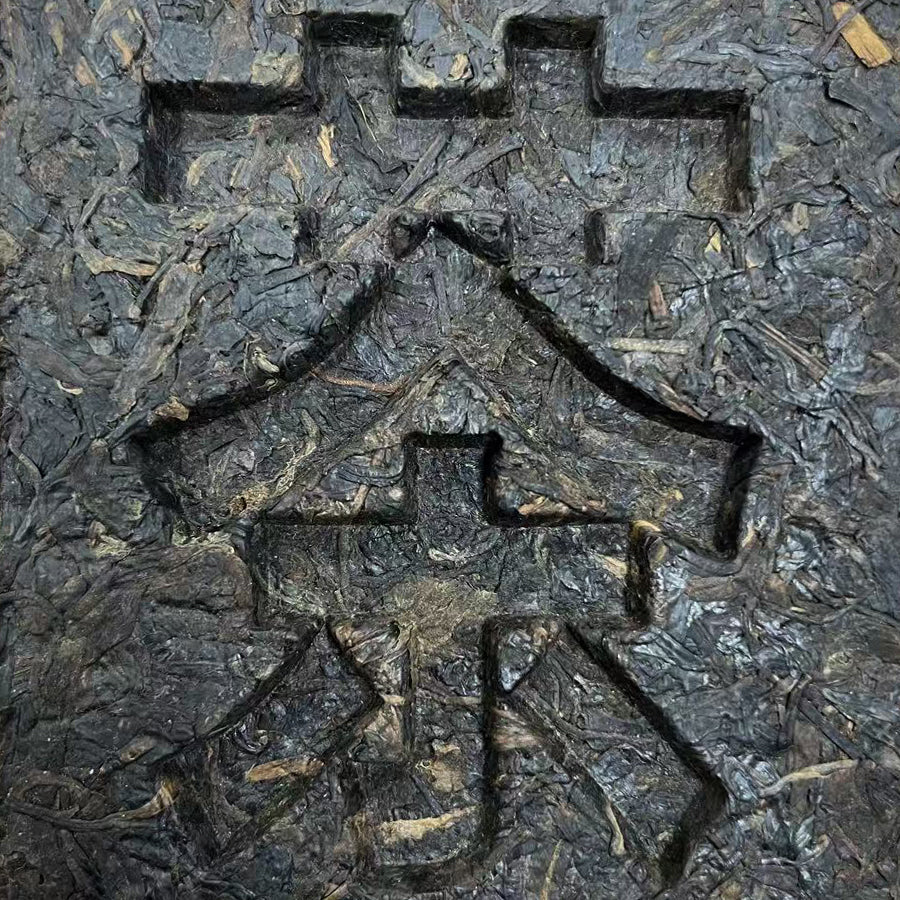
But where does the sound of tea come from?
Share
The origin of the word tea.
The best tea, te, tea, Cha, Chai in China?
The word cha (茶) is "Sinitic," meaning it is common to many varieties of Chinese.
More specifically, the word "tea" has a complex origin linked to different trade routes and Chinese dialects. Its etymology dates back to Chinese, but its adoption in Europe varied depending on the region and trade.
Chinese Origin
The Chinese word for tea is 茶. It is pronounced differently depending on the dialect:
- "chá" in Mandarin (茶)
- "tê" in Minnan (Fujian dialect) and Cantonese dialect
Linguistic Spread

Two major trade routes influenced the word's transmission around the world:
1- Land route (via the Silk Road): "cha"
The countries that adopted the word from Mandarin (chá) were those that traded with China by land, such as:
- Russian: чай (tchai)
- Arabic: شاي (shay)
- Turkish: çay (tchai)
- Persian: چای (chây)
2- Sea route (via the ports of Fujian): "te"
Through maritime trade conducted by the Dutch and Portuguese from the ports of southeastern China (particularly Amoy/Xiamen), the word "tê" was adopted in:
French: tea
English: tea
Italian: tè
German: Tee
Dutch: thee
The Portuguese, who were among the first Europeans to trade with China, nevertheless borrowed the word "chá" through their contact with Macau.
Its history began in China and made its way through Central Asia, becoming "chay" (چای) in Persian. It is certain, according to a recent discovery, that thanks to the Silk Roads, tea has been traded for over 2,000 years. The form cha spread beyond Persia, becoming chay in Urdu, shay in Arabic, and chay in Russian, among other languages. It even made its way to sub-Saharan Africa, where it became chai in Swahili. The Japanese and Korean terms for tea are also based on the Chinese cha, although these languages likely adopted the word even before it spread westward into Persian.
But this doesn't explain the word "tea." The Chinese character for tea, 茶, is pronounced differently in different varieties of Chinese, although it is written the same way everywhere. In modern Mandarin, it is pronounced chá. But in the Chinese variety min nan, spoken in the coastal province of Fujian, the character 茶 is pronounced té. The key word here is "coastal."
The form used in the languages of coastal China was spread to Europe by the Dutch, who became the main tea traders between Europe and Asia in the 17th century. The main Dutch ports in East Asia were in Fujian and Taiwan, both places where people used the pronunciation té. The massive importation of tea by the VOC into Europe gave rise to the word te in Occitan, thé in French, Tee in German, and tea in English. However, the Dutch were not the first in Asia.
That honor belongs to the Portuguese, who during the colonial era gave the name Formosa to the island of Taiwan. And the Portuguese did not trade via Fujian but via Macau, where the form of the word is chá. This is why Portugal appears as a pink dot in a sea of blue on the map.

Some languages have a special word for tea.
These languages are generally found in places where tea is indigenous, which has led the inhabitants to retain their own way of referring to it. In Burma, for example, tea leaves are called lakphak.
The map shows two distinct areas of globalization in action: on one side, the millennia-long spread of goods and ideas westward from ancient China; on the other, the four-century-old influence of Asian culture on European sailors during the Age of Exploration.
A word from almost every language on the planet.
References
- Mair, Victor H. (1998). "The Sino-Tibetan Origin of the Chinese Word for Tea." (Sino-Platonic Papers, No. 86).
- Benn, James A. (2015). Tea in China: A Religious and Cultural History. University of Hawaii Press.
- Hobhouse, Henry (2005). Seeds of Change: Six Plants That Transformed Mankind. Counterpoint Press.



